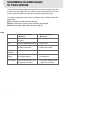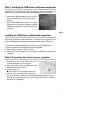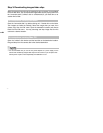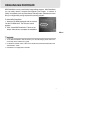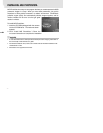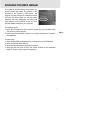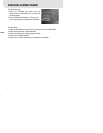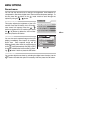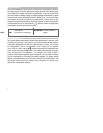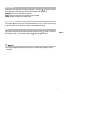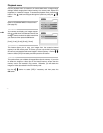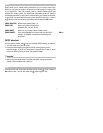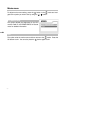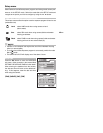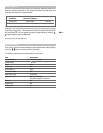
46
E
WHITE BALANCE
Your camera adjusts the white balance of each scene automatically. However,
the images that your camera captures will appear different under different light-
ing conditions (sun, shade, fluorescent, tungsten lights). Unlike your eyes, which
can easily adjust to different lighting conditions (lighting temperatures), a digital
camera cannot always differentiate between lighting types. Under some light-
ing conditions the image may appear in strange shades. If that occurs you may
change the white balance setting by specifying a lighting condition (temperature)
most appropriate for your scene.Use the / button to select the appropriate
white balance and then press the OK button.
EV COMPENSATION
Your camera adjusts the exposure of each scene automatically. However, when
if the subject is very dark, or very bright, you may override the camera automat-
ic exposure determination to make the subject brighter or darker. This is called
EV compensation. The EV compensation of the camera can be adjusted
from -1.8EV to +1.8EV. Use the / button to select the EV compensation that
you want and then press the OK button. To increase image exposure (or bright-
ness), increase the EV compensation. For example, if you want to take a
picture of a dark subject against a bright background, you may want to increase
the EV compensation so the subject is properly exposed. For lighter objects
against a dark background, you may want to reduce the EV compensation. We
recommend taking some test pictures and comparing the results using
different EV compensation settings
[AUTO]: automatically adjusting the
white balance
[SUN]: for outdoors on a bright day
[SHADE]: for cloudy and shady sky
[FLUORESCENT]: for under fluorescent
lighting



